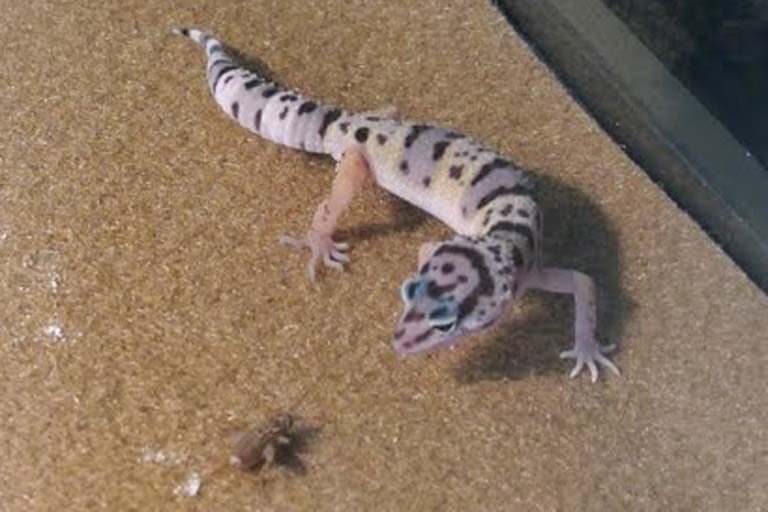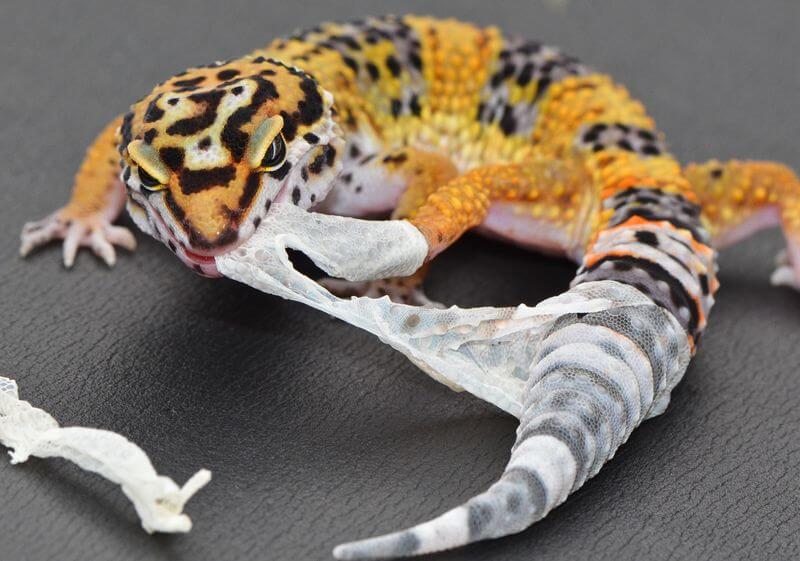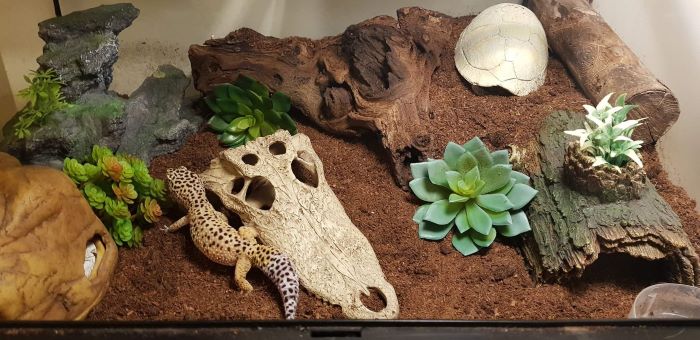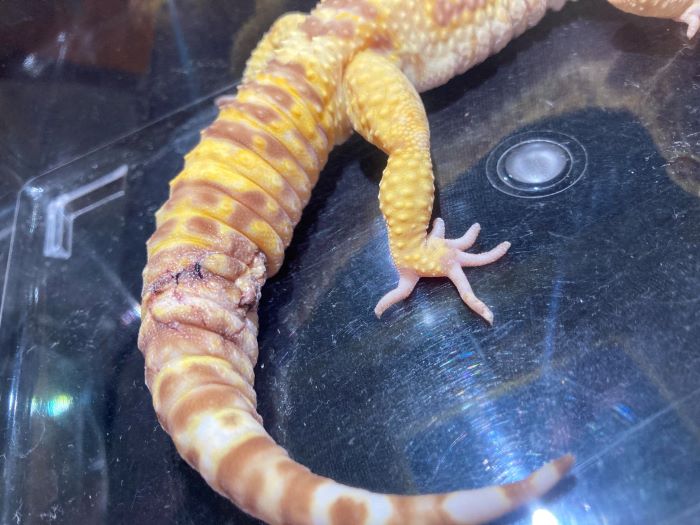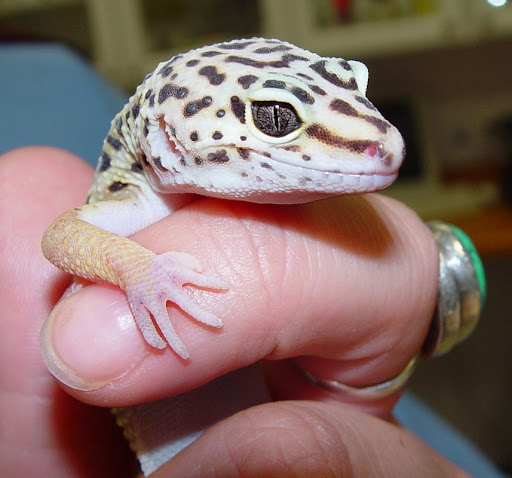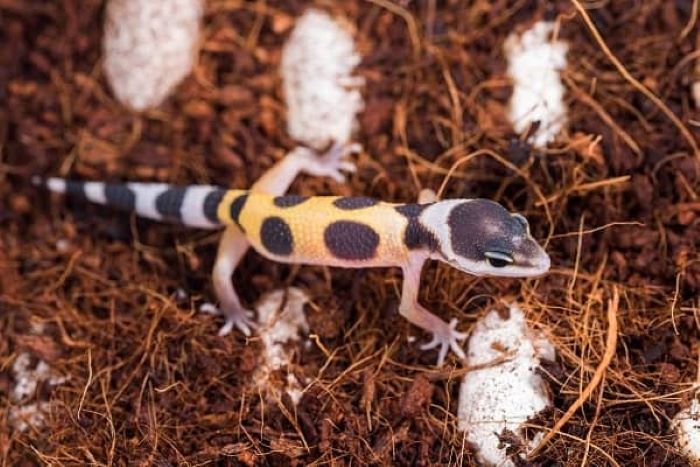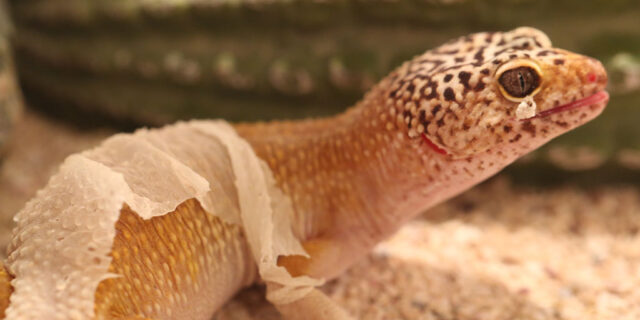Mite Infestations in Leopard Geckos – Prevention and Control
Mite infestations (ascariasis and ‘black skin disease’) are commonly seen in reptiles, including Leopard geckos, and can spread from one reptile to others. Introduction to Leopard gecko mites Mites are small arthropods belonging to the class Arachnida (the same class as spiders) and, together with ticks, to the subclass Acari. They are eight-legged organisms that … Read More

